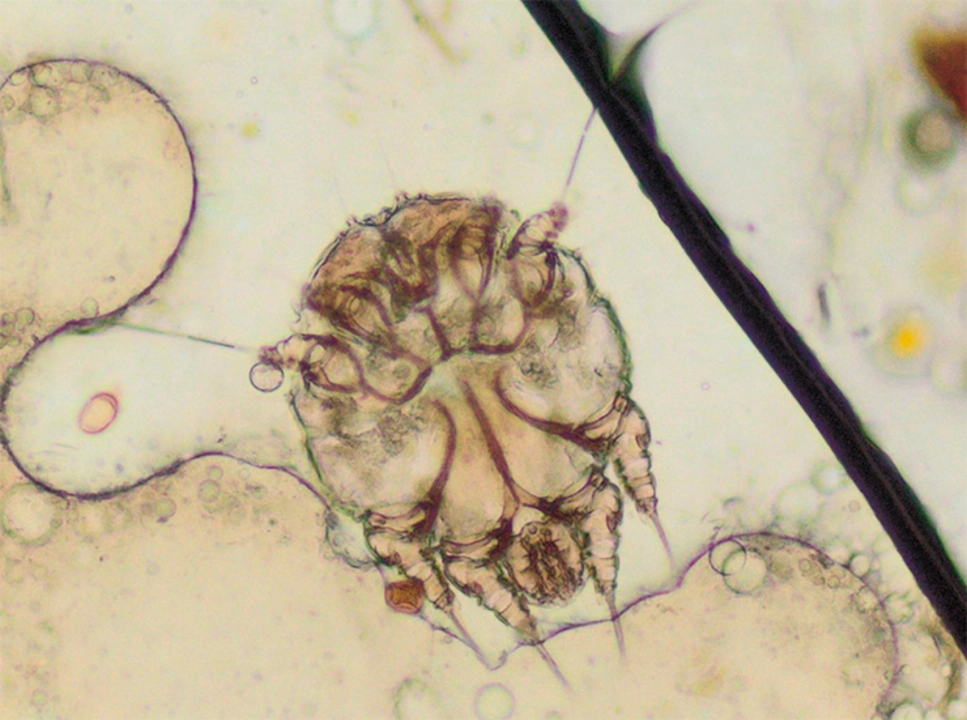Fomite transmission: how germs travel on surfaces and how to stop them
Fomite transmission happens when viruses or bacteria land on a surface and then transfer to a person who touches that surface and then their face, mouth, nose, or eyes. It’s not the only way people get sick, but surfaces do matter in crowded places, hospitals, daycares, and public transport. Here are clear, practical facts and steps you can use right away.
How long do germs survive on surfaces?
Survival varies by microbe and material. Some cold and flu viruses live for hours to a day on hard plastic or stainless steel, while certain bacteria and spores can last days to weeks. Temperature, humidity, and sunlight speed up kill rates. That means outdoor park benches rarely pose the same risk as busy indoor counters.
Practical steps to cut fomite risk
Wash your hands often for twenty seconds with soap and water, especially after touching public surfaces, handling packages, or before eating. If soap isn’t available, use hand sanitizer with at least sixty percent alcohol.
Disinfect high touch spots daily in busy areas: doorknobs, light switches, faucet handles, phone screens, remote controls, and elevator buttons. Use EPA-registered disinfectants or household bleach diluted to 0.1 percent sodium hypochlorite, or alcohol solutions with 70 percent ethanol. Follow product instructions for contact time—wiping too soon cancels the effect.
Clean shared gadgets carefully: remove cases, power off, and wipe gently with a cloth dampened by alcohol solution. For soft surfaces like couches and clothing, launder with regular detergent and dry fully; vacuum fabrics and let cushions air in sunlight when possible.
In healthcare or when caring for a sick person, wear gloves for direct contact with bodily fluids and change them between tasks. Discard gloves properly, wash hands immediately after removal, and clean the area the patient used.
Use common sense around groceries and deliveries. Open packages with clean hands, toss outer packaging if soiled, and wash hands before handling food.
Schools and workplaces should focus on routines: hand breaks, regular cleaning, and good ventilation to reduce all transmission routes. Short trainings that show how to clean and when to wash hands work better than long manuals.
Remember this: hand hygiene and targeted cleaning cut risk a lot. Masks and distancing target airborne spread, but surfaces matter especially when people touch the same spots often.
If you want to go deeper, look for CDC or WHO pages on surface cleaning for specific agents like influenza or norovirus. They list recommended products, contact times, and extra steps for outbreaks.
Quick tip: rub all hand surfaces for twenty seconds — palms, backs, between fingers, under nails, and thumbs. For sanitizer, use enough to keep hands wet for at least twenty seconds. When cleaning, allow surfaces to air dry so disinfectant can work. Regular habits beat rare deep cleans. Start today, stay steady.
The potential for Sarcoptes scabiei to be transmitted through fomites
As a blogger, I've recently been researching the potential for Sarcoptes scabiei, the mite responsible for scabies, to be transmitted through fomites. From my findings, it's clear that these mites can indeed survive on various surfaces, such as clothing, bedding, and furniture, for up to 72 hours. This means that there's a potential risk of transmission through indirect contact with infested items, especially in crowded environments like dormitories or healthcare facilities. While direct skin-to-skin contact remains the primary mode of transmission, it's crucial to be aware of this secondary route and take appropriate precautions, such as regular cleaning and proper laundry management. In conclusion, it's important to be vigilant about both direct and indirect transmission of scabies to protect ourselves and others from this annoying and contagious skin condition.

